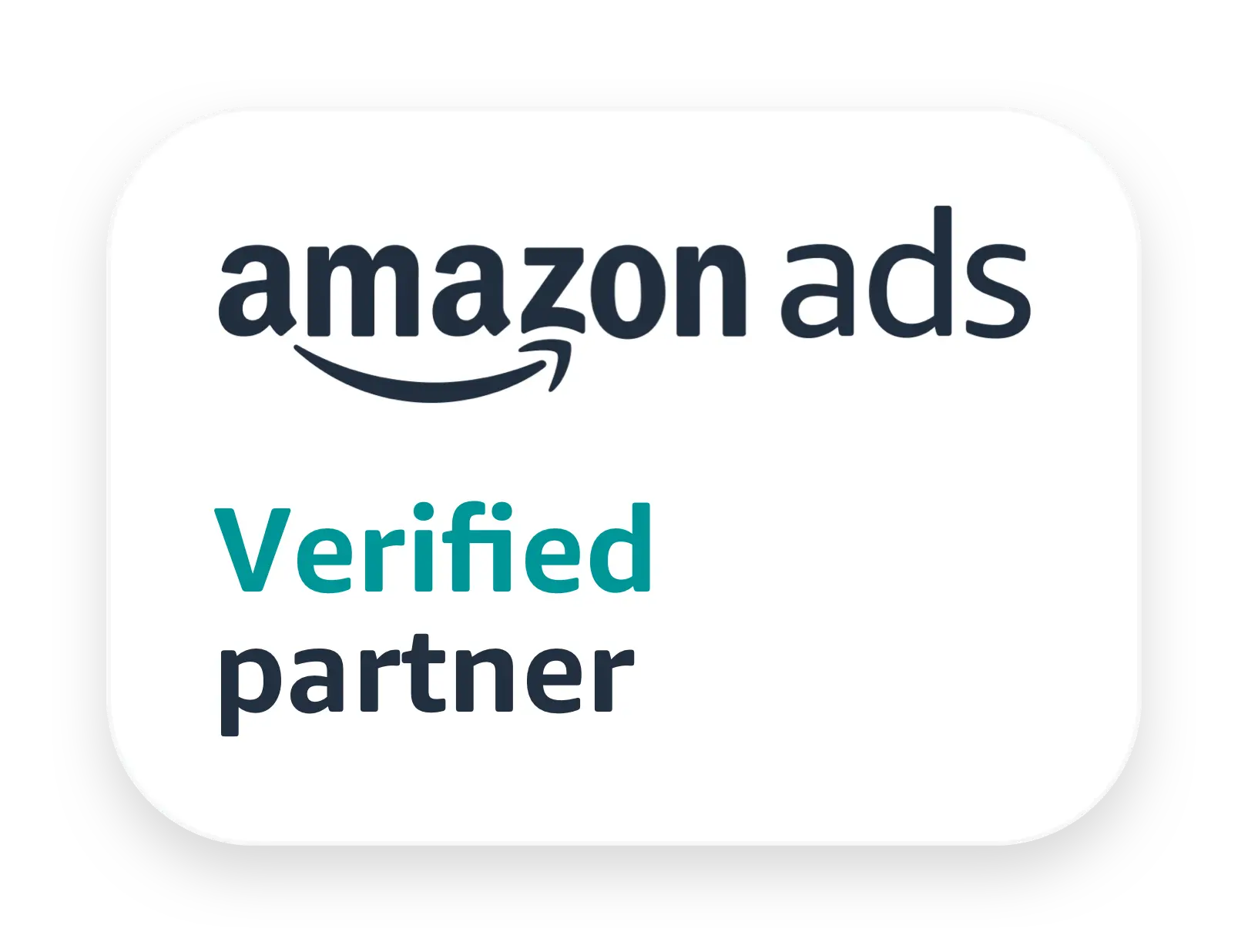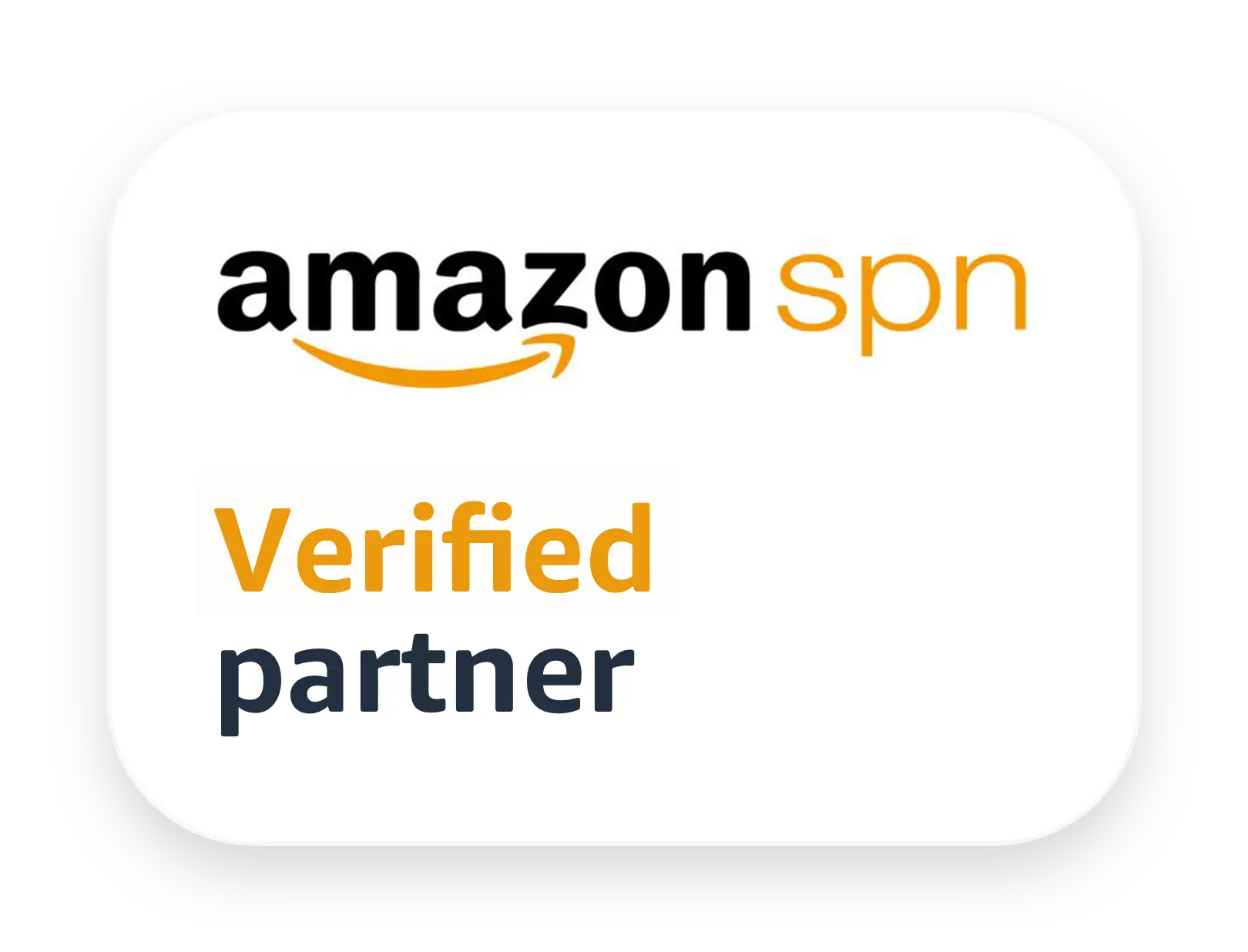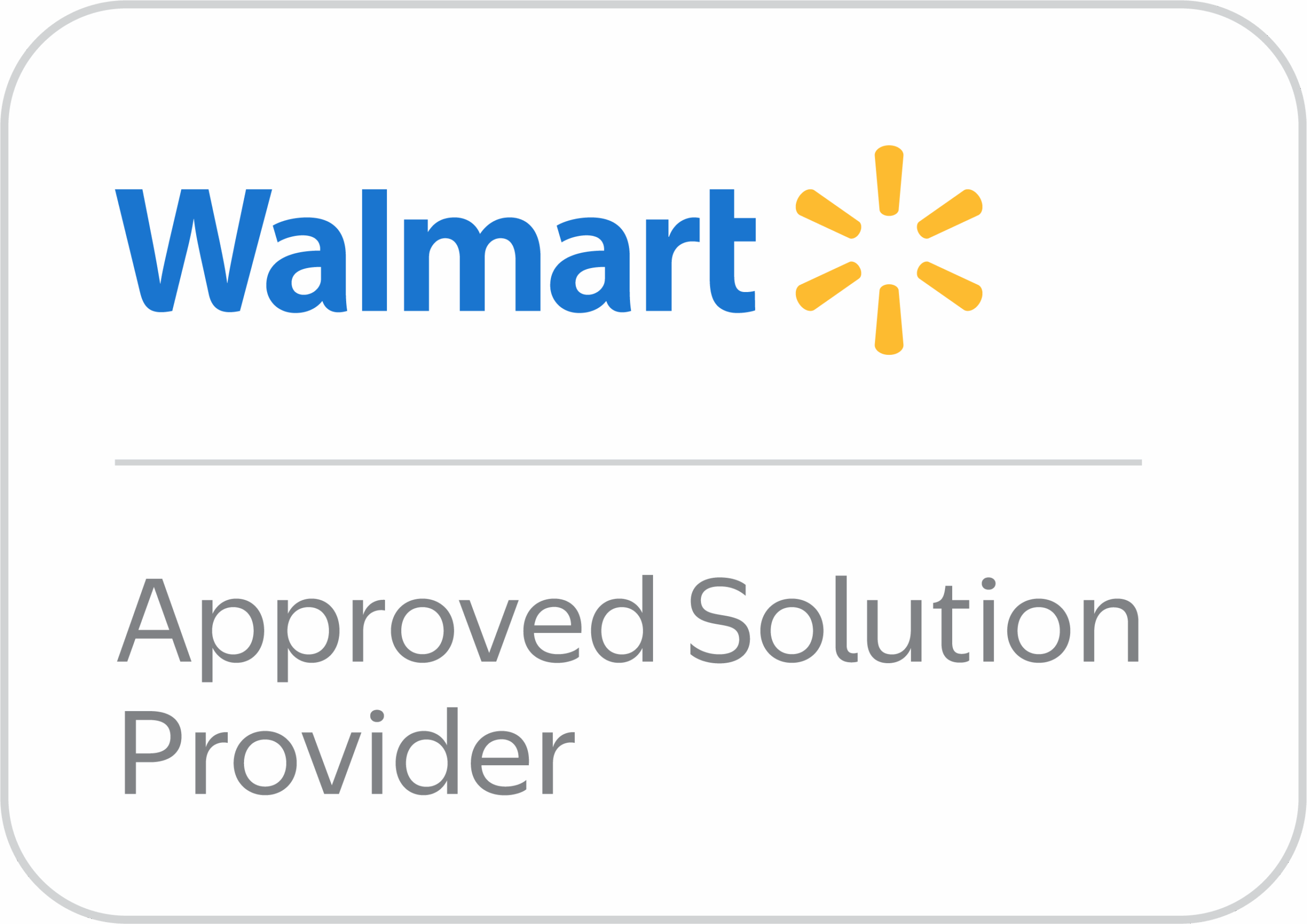ASTM D4236 stands for Standard Practice for Labeling Art Materials for Chronic Health Hazards. It’s more than just a labeling rule—it’s a public safety measure deeply embedded in U.S. law.
Originally developed in the 1980s by ASTM International (formerly known as the American Society for Testing and Materials), this standard emerged at a time when awareness of chronic toxicity in consumer products—especially children’s art supplies—was growing rapidly. It’s been regularly updated to align with the latest findings in toxicological science.
Why Was It Created?
The primary purpose of ASTM D4236 is to ensure consumers are warned about long-term health hazards in art materials. Notably, it doesn’t aim to classify substances by exposure limits like OSHA does. Instead, it focuses solely on whether a product contains ingredients that may cause chronic health effects—such as cancer, reproductive toxicity, or neurotoxicity—under normal use conditions.
It applies across the board: from school crayons to high-end oil paints used by professional artists.
A Response to Public Health Concerns
By the late 20th century, poison control centers and schools began reporting increased incidents involving toxic chemicals in art supplies. Ingredients like lead, cadmium, and certain solvents were common in paints and adhesives. Children were especially at risk.
ASTM D4236 became a solution backed by science, requiring companies to test and label their products properly before reaching consumers.
A Legally Binding Standard
What gives ASTM D4236 real legal teeth is its incorporation into U.S. federal law. Through the Labeling of Hazardous Art Materials Act (LHAMA)—passed in 1988—it became a required compliance measure under the Federal Hazardous Substances Act (FHSA).
If you sell, import, or distribute any art materials in the United States, you must comply with ASTM D4236. It is not optional.
U.S. Regulatory Framework
The Laws Behind the Label
The foundation of ASTM D4236’s authority lies in two primary pieces of legislation:
- LHAMA (P.L. 100–695), which mandates toxicological evaluation and labeling of all art materials.
- FHSA (15 U.S.C. §1261 et seq.), which governs hazardous substances more broadly.
Oversight and enforcement are handled by the Consumer Product Safety Commission (CPSC), the same agency responsible for toy recalls and household chemical safety.
Codified Into Federal Regulations
In federal regulation, ASTM D4236 is incorporated under 16 CFR Part 1500.14(b)(8). This means it’s not just a guideline—it’s part of the law. Manufacturers are required to:
- Submit product formulations for review by a qualified toxicologist
- Label products based on the toxicologist’s findings
- Update labels if formulations or scientific data change
State-Level Requirements Still Apply
Federal compliance does not always protect companies from state laws. For example, California’s Proposition 65 mandates warning labels for products containing even trace amounts of certain chemicals known to cause cancer or reproductive harm.
So even if your product conforms to ASTM D4236, you may still need to add additional warnings to stay compliant at the state level.
Which Products Are Subject to ASTM D4236?
What Counts as an “Art Material”?
The scope of ASTM D4236 is broad. If your product is marketed or intended for artistic creation, it likely falls under this standard. This includes items meant for:
- Drawing
- Painting
- Sculpting
- Printmaking
- Collage and mixed media
It applies to pre-packaged materials, whether sold individually, in kits, or as part of a school supply set.
Commonly Covered Products
Here’s a quick glance at the kinds of items that must comply:
| Product Type | Examples |
| Coloring tools | Crayons, markers, colored pencils |
| Paints | Watercolors, acrylics, oil paints |
| Adhesives | Glues, pastes, bonding resins |
| Fixatives and sprays | Spray varnishes, sealants |
| Sculpting supplies | Clay, ceramic glazes, modeling compounds |
| Inks and solvents | Printing inks, alcohol-based markers |
Products for Children
Children’s art supplies face extra scrutiny. They must not only conform to ASTM D4236 but also meet child-specific requirements under CPSIA (Consumer Product Safety Improvement Act). This includes:
- Age grading
- Lead and heavy metal limits
- Small parts compliance
What Products Are Exempt?
Not all substances are covered. For example:
- Bulk industrial chemicals not sold as art supplies don’t need D4236 labeling.
- Products regulated by other standards, such as industrial adhesives or automotive paints, may be exempt if already properly labeled under their applicable rules.
Still, if your product might be repurposed for art, it’s safer to evaluate and label it accordingly.
Toxicological Evaluation & Testing
When Is Evaluation Required?
Every art material sold in the U.S. must undergo a chronic hazard assessment before it hits the market. This includes:
- New product launches
- Significant changes in formulation
- Every 5 years, even without changes
This evaluation is not just a checkbox. It must be performed by a qualified, third-party toxicologist.
Who Qualifies as a Toxicologist?
To meet ASTM D4236 requirements, the toxicologist must:
- Be certified by a recognized board, such as the American Board of Toxicology (ABT)
- Be independent, or have clear separation from the product’s manufacturer
- Evaluate all components, not just the ones considered “active” or labeled
The evaluation includes both the hazard of each ingredient and the likely exposure during typical use.
The Evaluation Process
The toxicological review typically follows four steps:
- Full formulation disclosure – The manufacturer shares all ingredient data, under confidentiality.
- Database checks – Each component is checked against resources like NTP, IARC, EPA IRIS, REACH, and more.
- Risk modeling – Analysts determine exposure levels based on how the product is typically used—e.g., brushing, spraying, or rubbing.
- Hazard identification – Any ingredients with chronic risks like carcinogenicity, neurotoxicity, or reproductive harm are flagged.
Common Testing Methods
Laboratory analysis may include:
- Mass Spectrometry (MS)
- Gas Chromatography (GC-MS)
- Fourier Transform Infrared Spectroscopy (FTIR)
- ICP-OES for heavy metal quantification
Many manufacturers rely on third-party labs like SGS, Eurofins, Intertek, or Bureau Veritas to conduct these tests.
How Often Should You Reevaluate?
At minimum, products must be re-evaluated every five years. But you’ll also need to do it:
- After a reformulation
- If new scientific evidence emerges
- If health complaints or safety concerns arise
This ensures your labels always reflect current science—and keeps your company legally covered.
ASTM D4236 Labeling Requirements
General Principles
Labeling under ASTM D4236 isn’t just about sticking a warning on a box. It’s about communicating risk clearly and responsibly, especially for materials children may use. The labels must be easy to read, noticeable, and placed where consumers will actually see them—usually on the front or back panel.
Even if an ingredient is present in trace amounts, if it presents a chronic health risk, it must be disclosed and evaluated. The point is not whether exposure is likely, but whether exposure can cause harm over time.
Core Label Elements
At a minimum, an ASTM D4236-compliant label must include the following:
- A signal word, such as “WARNING” or “CAUTION”, that flags the presence of a hazard.
- A hazard statement describing the nature of the risk—for example: “May cause cancer with repeated inhalation.”
- An ingredient disclosure for components identified as hazardous.
- Safe use instructions: ventilate the room, avoid skin contact, use gloves or masks.
- If applicable, first aid guidance or emergency procedures.
- The toxicologist’s review source or a confirmation that the material was evaluated.
- The required conformance statement: “Conforms to ASTM D-4236.”
Labels should be printed in legible font sizes, and must remain intact and readable during the product’s shelf life.
The Mandatory Conformance Statement
The conformance statement is not optional. Every product evaluated under ASTM D4236 must say so directly on the label. The standard phrasing is:
“Conforms to ASTM D-4236.”
Some brands also display certification seals, such as the ACMI “AP” (Approved Product) or “CL” (Cautionary Label) seals, which add a visual cue that testing and toxicological review have been completed.
Precautionary Labeling Examples
ASTM D4236 labels don’t mince words. They state what’s necessary to protect the consumer. Here are real-world examples of labeling language found on compliant art materials:
- “May cause allergic skin reaction. Avoid prolonged contact.”
- “Use only with adequate ventilation. Vapors may be harmful.”
- “Contains cadmium pigment. Chronic exposure may damage kidneys.”
These are not scare tactics—they’re legally mandated truths that must be disclosed to the user.
Additional Labeling Considerations
Some manufacturers add multilingual translations for global export markets. Others integrate tamper-proof or child-resistant labeling especially for classroom use. While not always legally required, these additions can help demonstrate product responsibility—which is often looked upon favorably during audits or reviews.
Cross-Compliance with Other Labeling Systems
ASTM D4236 doesn’t operate in a vacuum. Manufacturers also need to be aware of overlapping regulatory systems, particularly if they’re exporting, selling in California, or marketing to workplaces.
ACMI Certification
The Art and Creative Materials Institute (ACMI) is one of the most recognized third-party certification bodies for art materials. Products certified by ACMI are evaluated by board-certified toxicologists and labeled accordingly:
- AP Seal: Products that are non-toxic and safe for all ages.
- CL Seal: Products that contain hazardous ingredients but are safe when used as directed.
These seals often appear next to the ASTM D4236 conformance statement and offer additional assurance for educators, parents, and retailers.
Proposition 65 (California)
California’s Proposition 65 can be more stringent than ASTM D4236. It requires a separate warning if a product contains even trace amounts of any of the 900+ listed chemicals known to cause cancer, birth defects, or reproductive harm.
For example, a product might be compliant under ASTM D4236, yet still require a Prop 65 label like:
“WARNING: This product contains cadmium, a chemical known to the State of California to cause cancer.”
Ignoring Prop 65 could lead to lawsuits, even if the product is fully compliant at the federal level.
OSHA Hazard Communication (HAZCOM)
If art materials are being used in workplace settings, OSHA requires employers to:
- Provide Safety Data Sheets (SDS).
- Train workers on chemical hazards.
- Ensure secondary container labeling matches original safety warnings.
This workplace obligation is distinct from consumer labeling and applies even if ASTM D4236 compliance is met.
GHS/CLP (International Export)
The Globally Harmonized System (GHS) governs chemical labeling in regions like the EU, Canada, and parts of Asia. If your product is exported, it may need dual labeling:
- One format for U.S. compliance (ASTM D4236 + LHAMA).
- Another for GHS or CLP compliance abroad, which includes pictograms and signal words like “Danger” or “Hazardous to the aquatic environment.”
This requires careful coordination between legal, regulatory, and marketing teams.
Responsibilities, Certification & Documentation
Manufacturer Obligations
Every manufacturer marketing art supplies in the U.S. must:
- Submit the full formulation to a certified toxicologist under confidentiality.
- Ensure labels reflect all known chronic hazards.
- Maintain evaluation records for at least five years.
- Update the toxicological review whenever the formulation changes, new data emerges, or a new hazard is identified.
Documentation to Retain
To remain compliant, manufacturers should maintain:
- The toxicologist’s report, including hazard determinations.
- Analytical test results from labs (e.g., for lead, cadmium, VOCs).
- Evidence of conformance labeling (e.g., production artwork or packaging).
- Any consumer complaints or incident reports involving the product.
This documentation serves as the first line of defense if a regulator, importer, or retailer questions compliance.
Market Surveillance & Enforcement
The Consumer Product Safety Commission (CPSC) enforces compliance through:
- Random sampling of art materials in stores.
- Laboratory testing for heavy metals and solvents.
- Label reviews to verify accurate hazard warnings.
Non-compliance can lead to recalls, civil fines, and prosecution. In one notable case, imported colored pencils were pulled from shelves after tests found excessive lead, and the labeling failed to meet ASTM D4236 requirements.
Importers and Distributors
Importers are not exempt. If they bring a non-compliant product into the U.S., they bear legal liability just as much as the manufacturer. That means they must:
- Request toxicologist evaluations from their suppliers.
- Verify labeling accuracy.
- Retain documentation in case of inspection or recall.
Penalties, Violations & Recalls
Regulatory Violations
Failing to comply with ASTM D4236 isn’t just a technicality—it’s a violation of federal law. Specifically, it’s a breach of both LHAMA and the Federal Hazardous Substances Act.
Penalties may include:
- Product seizure by customs or CPSC agents.
- Civil fines of up to $100,000 per violation.
- Criminal charges in cases of deliberate deception or repeat offenses.
Recall Examples
Several high-profile recalls have occurred due to non-compliance. Common reasons include:
- Missing or incorrect ASTM D4236 conformance statement.
- Excess levels of heavy metals like cadmium or chromium.
- Labels that misled consumers or failed to disclose risks.
These recalls not only harm sales but also damage brand trust, especially when schools or parents are involved.
Practical Compliance Steps for Manufacturers
Step-by-Step Roadmap
To ensure compliance, every manufacturer should follow these steps:
- Classify the product: Is it an art material under ASTM’s definition?
- Compile the full formulation: List every ingredient, including trace elements.
- Engage a certified toxicologist: Ideally from a third party with ABT or equivalent credentials.
- Conduct analytical testing: For heavy metals, VOCs, and other known toxicants.
- Create accurate labeling: Based on toxicologist findings.
- Print conformance label: Include “Conforms to ASTM D-4236” and applicable warnings.
- Retain documentation: Store records, tests, labels, and complaints for at least five years.
- Reevaluate periodically: At minimum every five years, or sooner if needed.
Best Practices
Compliance doesn’t stop at testing—it requires operational discipline. Some best practices include:
- Partnering only with CPSC-accredited labs.
- Developing internal SOPs for labeling and regulatory review.
- Training product designers and marketers on what must go on the label.
- Staying updated with state-level regulations, including Prop 65 and CPSIA.
Bottom Line
ASTM D4236 is more than a regulatory checkbox—it’s a safeguard for artists, students, and children who interact with potentially hazardous materials every day. For manufacturers, importers, and brand owners, compliance isn’t optional. It’s a legal, ethical, and commercial responsibility.
By investing in proper toxicological review, accurate labeling, and consistent documentation, brands can avoid recalls, protect consumers, and earn long-term trust. And for exporters and Amazon sellers alike, ZonHack can help ensure that compliance is not a hurdle—but a competitive advantage.



